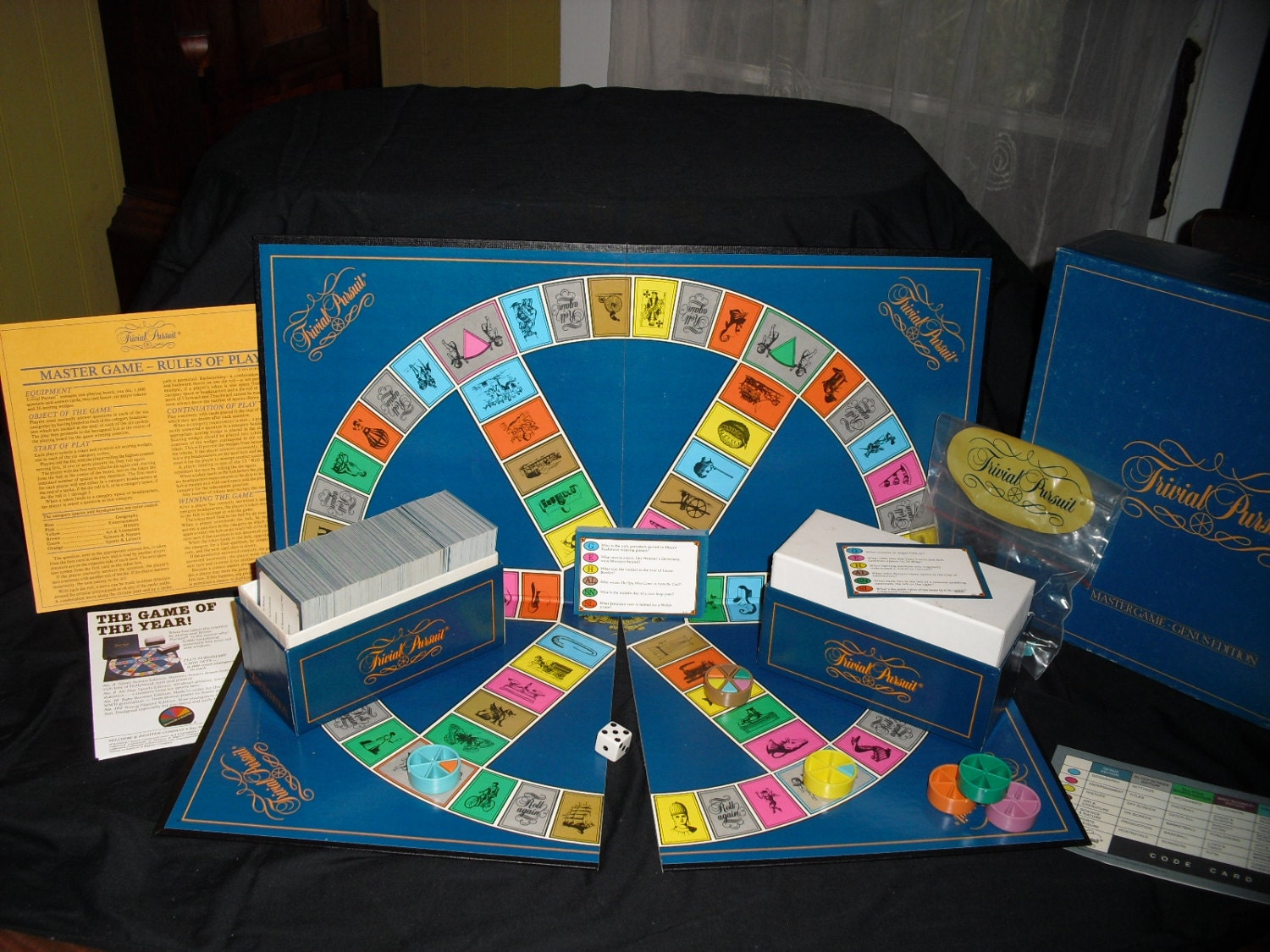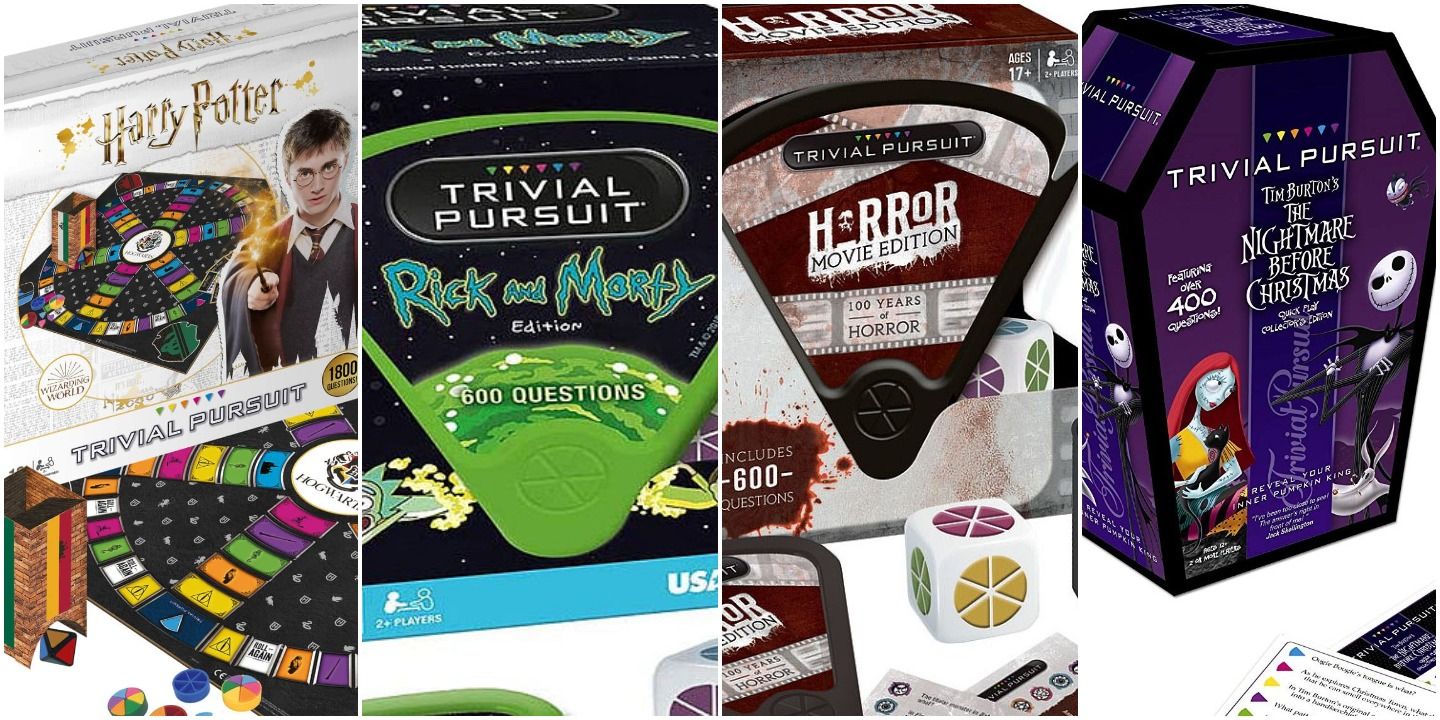
As enjoyable as playing against your friends in the same room is, the developer’s choice to not include any Wi-Fi functionality at all seems a seriously missed opportunity as the single-player game mode can only last so long – online features could have gone a long way towards giving the game more value. Unfortunately, a very noticeable omission from Trivial Pursuit is online multiplayer. In terms of sound, the tracks that play in the menu screens suit the game’s nature, and the in-game announcer can become a bit annoying with too much repetition in his quips – although, looking at examples from fellow party games, things could have been a lot worse. Its graphics are bright, colourful and mostly quite appealing, although a little samey after a while. Trivial Pursuit’s presentation is standard enough as you’d probably expect. How much longevity you get out of this depends on the extent of which you enjoy beating previous high scores, as this mode puts strong focus on that notion. Clear the Board is actually a fun and addictive way to play the game it allows you to get some value from whilst playing alone, which you could never do in the traditional board game. The key difference here is that, once a wedge is obtained, all related questions within that category are removed from the board – decreasing its size each time. This may sound like a big of a poor idea, but it actually works very well – EA has ensured that the difficulty is pitched appropriately.ĮA have also included a single player-only mode called ‘Clear the Board’ where, as the title suggests, the die are spun and the wedges collected one after the other until the board is cleared.

However, the big twist to the formula is that answers are in the form of multiple-choice options as opposed to being plucked from the top of your head. In this release, the developer has, amongst a variety of other additions, included the videogame adaptation of the classic board game. The first player to collect all six different coloured wedges wins the game. If the their piece lands on one of the six ‘special category’ stations and they answer the given question correctly, the player gets to collect a ‘wedge’ of the same colour as the station. Using a game-piece of their choosing, players move around the board, landing on squares – coloured according to the aforementioned categories – and answering the questions posed.

In the ‘classic' version of the game these categories are Geography, Entertainment, History, Arts & Literature, Science & Nature, and Sports & Leisure. If you haven’t, it’s basically a trivia game – hence the title – where the object for 2-6 players is simply to answer questions from a variety of categories. Many people have at least heard of Trivial Pursuit, even if they perhaps haven’t played it before.

With the release of Trivial Pursuit however, EA tried to break this cycle and produce the definitive videogame version of the classic board game, Trivial Pursuit.

We’ve seen countless conversions of popular board games springing up throughout the Wii’s life so far – many have been cheap cash-ins and blatant attempts to take advantage of a naive audience. Let’s face it: with the wider and more diverse spectrum of gamers that the console is now catering for, the Wii isn’t short of party-type games.


 0 kommentar(er)
0 kommentar(er)
